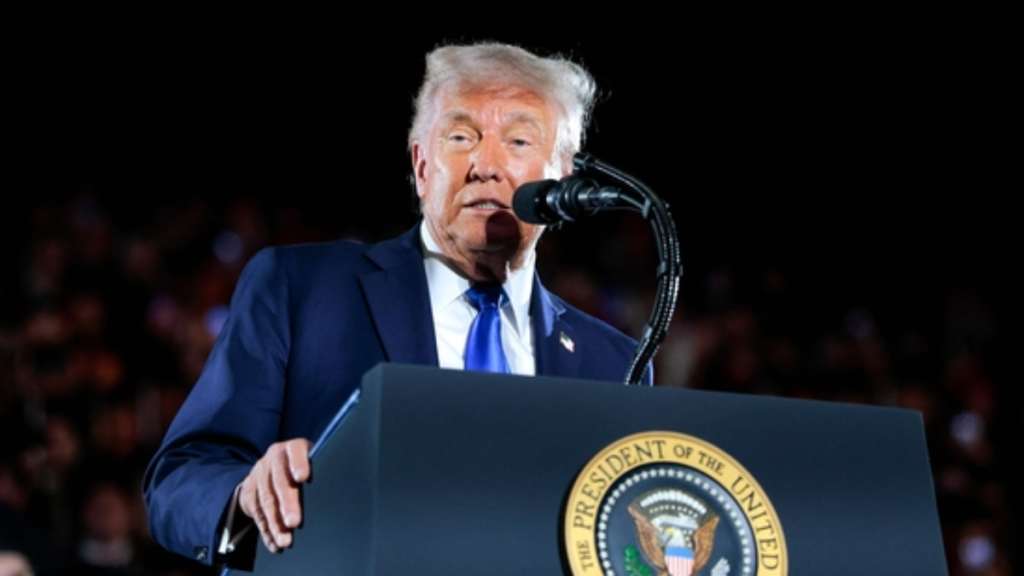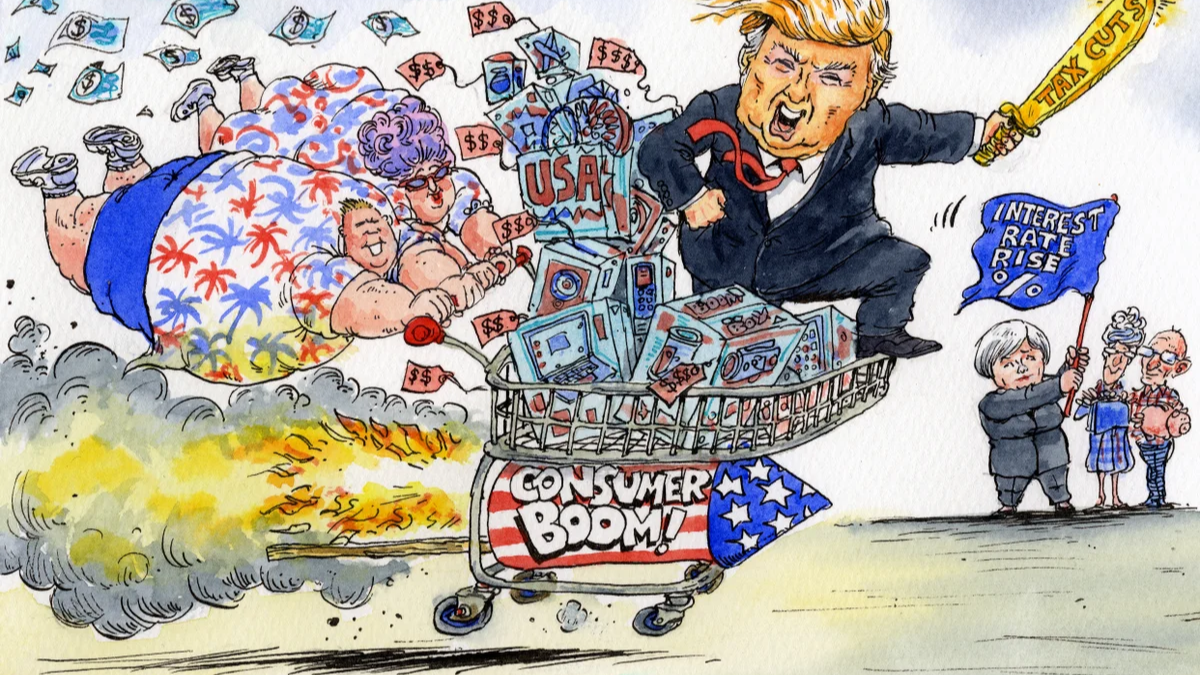Donald Trump’s return to the national spotlight continues to raise alarms, particularly among economists and financial analysts. Known for his brash, unpredictable leadership style, Trump’s approach to governing—often described as cartoonish or chaotic—has led many to question the long-term impact on U.S. economic stability.
During his presidency from 2017 to 2021, Trump frequently made headlines with abrupt policy changes, aggressive trade rhetoric, and spontaneous tweets that rattled global markets. Though some credited him with short-term gains like tax cuts and deregulation, critics say his governance lacked a coherent economic strategy—leaving a trail of uncertainty and instability.
Erratic Policy Decisions and Market Volatility
One of the hallmarks of Trump’s presidency was his tendency to govern through social media. Major announcements, including tariffs, staffing changes, and foreign policy positions, were often revealed on Twitter without warning. This impulsive method created constant uncertainty in financial markets.
For example, the U.S.-China trade war, initiated by Trump’s steep tariffs on Chinese imports, resulted in retaliatory measures that disrupted global supply chains and increased prices for American consumers.
According to a Brookings Institution report, these trade tensions led to a slowdown in manufacturing growth and added billions in costs to American businesses.
Stock markets reacted sharply to many of Trump’s sudden moves. The Dow Jones Industrial Average often swung hundreds of points in reaction to his announcements. This volatility discouraged long-term investment and left Wall Street and Main Street alike questioning the consistency of federal economic policy.
Tax Cuts and the Ballooning Deficit
Trump’s 2017 Tax Cuts and Jobs Act was promoted as a boost for economic growth and middle-class income. While it did temporarily increase corporate profits and helped fuel a strong pre-pandemic stock market, the tax overhaul disproportionately benefited the wealthy and added nearly $2 trillion to the national debt.
Critics argue that the tax cuts failed to deliver the promised economic boom. Wage growth remained sluggish for much of Trump’s term, and the deficit widened even before COVID-19 hit. According to the Congressional Budget Office, the long-term effect of the tax law could strain future budgets without offsetting revenue.
Deregulation and Short-Term Gains
Trump’s aggressive deregulatory agenda targeted industries such as energy, finance, and healthcare. His administration rolled back numerous Obama-era rules, arguing that reduced regulation would unleash economic growth.
While some sectors experienced short-term profit increases, many experts warned of long-term consequences. Environmental and consumer protection standards were weakened, raising concerns about public health and sustainability. The economic benefits, they argue, were not broad-based and came at the cost of regulatory safeguards.

Foreign Policy Uncertainty Undermines Economic Confidence
Trump’s foreign policy approach—marked by withdrawal from multinational agreements and diplomatic unpredictability—further destabilized economic relationships. His exit from the Trans-Pacific Partnership (TPP), renegotiation of NAFTA into the USMCA, and erratic handling of NATO and G7 allies signaled a shift away from multilateral cooperation.
These moves unsettled allies and adversaries alike, reducing trust in the United States as a reliable economic partner. Trade negotiations were often personalized and transactional, making global companies hesitant to invest or expand operations.
Business Leaders and Economists Express Concern
Prominent voices in finance and economics have spoken out about the risks associated with Trump’s leadership style. JPMorgan Chase CEO Jamie Dimon has emphasized the importance of political stability for economic growth.
Meanwhile, Nobel laureate Paul Krugman frequently criticized Trump’s disregard for institutional norms and economic planning.
Krugman and others have warned that Trump’s focus on optics over outcomes—seeking headlines more than policy success—undermines confidence in the federal government’s ability to manage the economy responsibly.
Inflation and Long-Term Economic Effects
Though inflation began rising globally due to pandemic-related supply issues and stimulus spending, Trump’s policies also played a role. Massive COVID-era relief packages passed during his administration added to the federal debt. At the same time, trade disruptions and deregulation contributed to price volatility.
As the Biden administration works to manage inflation and stabilize the economy, some economists suggest the lingering effects of Trump’s term—especially deficit expansion and weakened trade alliances—continue to complicate recovery efforts.
Conclusion: What Another Trump Term Could Mean for the Economy
As Trump campaigns for a return to the White House, voters are weighing the potential economic consequences of his leadership. Supporters highlight pre-COVID job growth and market highs, while critics caution against the unpredictable and destabilizing nature of his governance.
A second Trump presidency could bring more deregulation, protectionist trade policies, and impulsive fiscal decisions. While some businesses might benefit in the short run, the broader economy could again face uncertainty and instability.
Ultimately, economists agree on one thing: predictability and policy coherence are crucial for economic stability. Whether Trump’s style can deliver that remains highly contested.
For more analysis on U.S. economic policy and leadership impacts, visit the Congressional Budget Office.
Disclaimer – Our team has carefully fact-checked this article to make sure it’s accurate and free from any misinformation. We’re dedicated to keeping our content honest and reliable for our readers.
